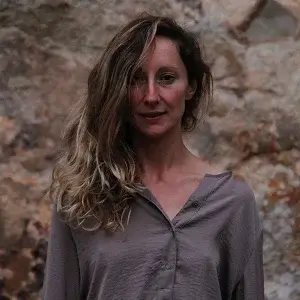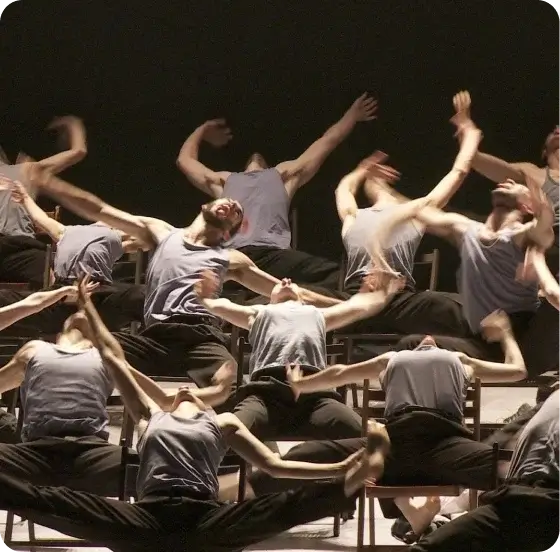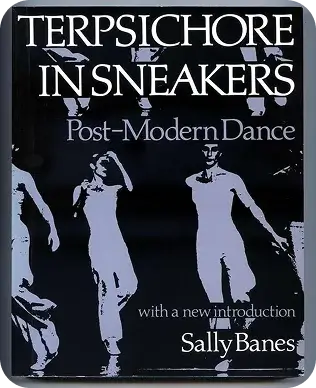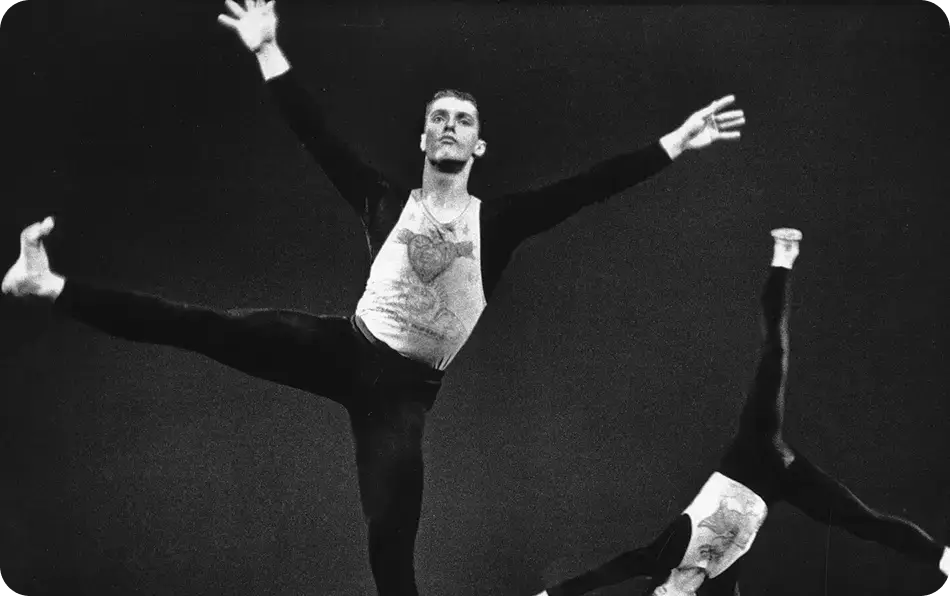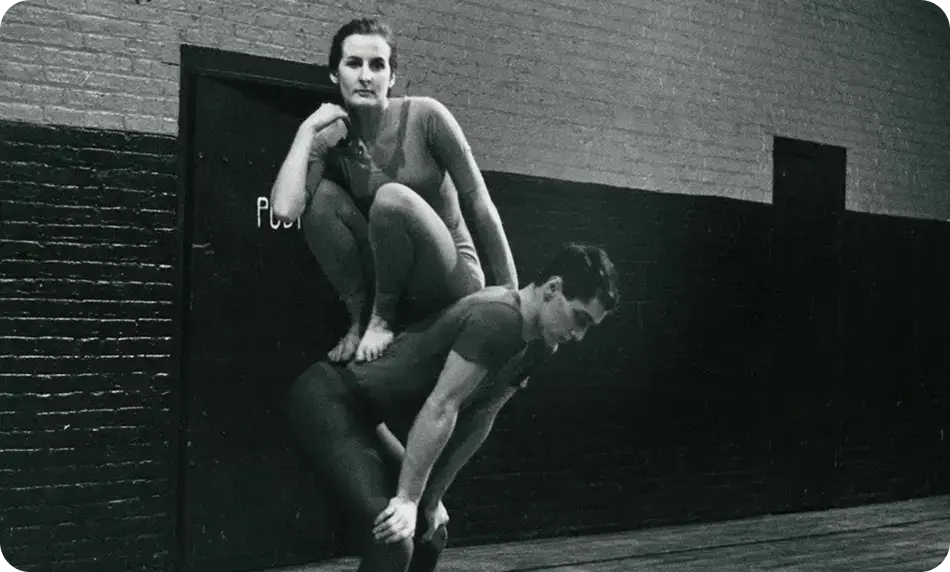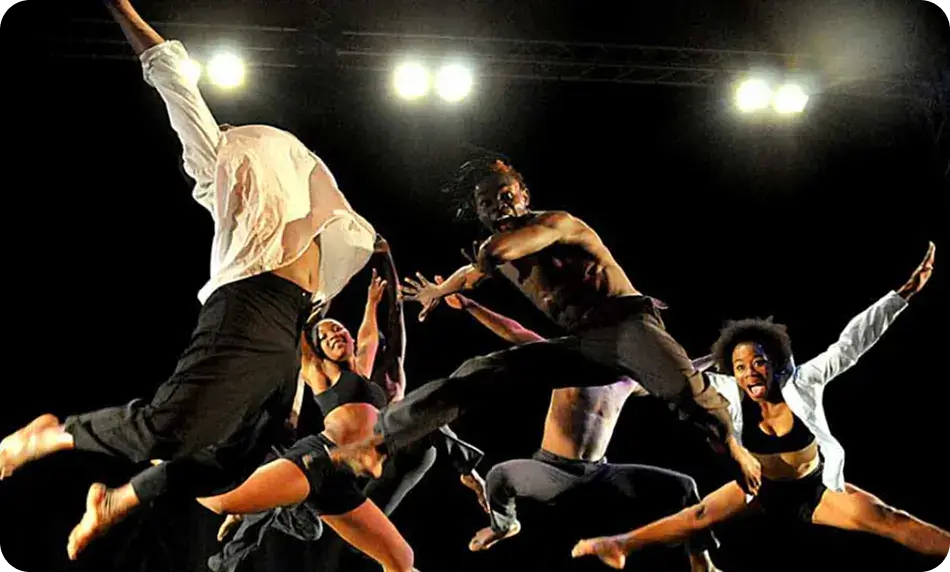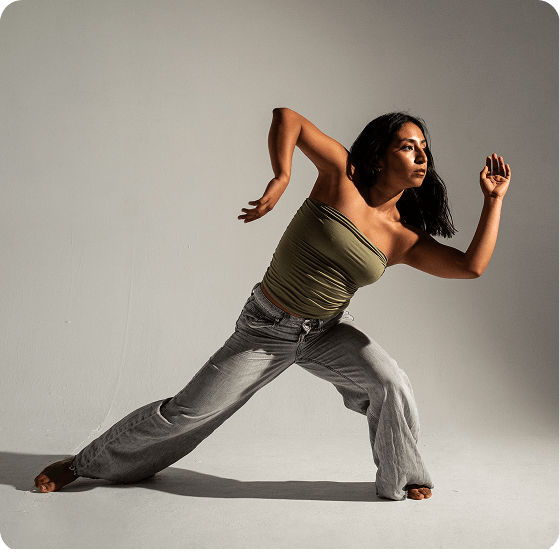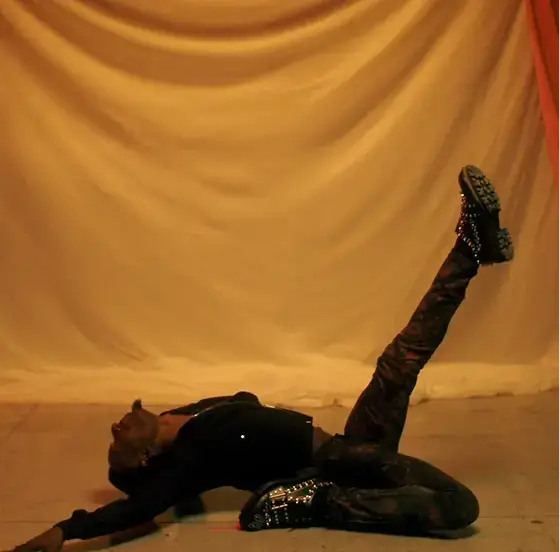Dance fascinates me in its trans-disciplinary quality. It is made up of hybrid movement, visual, sound, theater, multi-media, literary and performance practices. It is also infused with uncountable cultural and social manifestations and ways of knowledge that are constantly evolving and referencing the past, present and infinite futures. Dance is our way of sensing, knowing, diving into, and expressing oneself and the world.
Dance technique is also a technology – a skill, a tool, a means of expression, an embodiment. Dance technique is developed to serve in specific kinds of actions, performances and relationships. Technique as s technology can help us build bridges between art forms.
In this article I touch upon the history of contemporary dance through a reflection on what is encompassed in this dynamic concept of contemporary dance. We will look at several intertwined dance histories (culturally, geographically, stylistically, temporally) that compose it.
It is important to point out that this plurality of dance histories varies in its visibility and and invisibility.
That is, the histories in and around dance, the dancers, dances, creative processes, techniques, and performances that have marked our understanding of what dance is and could be. My own multi-perspectives as performer, choreographer, teacher as well as researcher of dance are embraced throughout the text.
My background in Dance
My early contact and training in dance began in the United States and continued on throughout Western and Eastern Europe and Latin America. I had contact with a vide variety of styles, teachers and artists which compose my understanding and experience of contemporary dance. The post modern dance movement, which began in the United States and resonated throughout the world, was central in this process.
What is contemporary dance?
Radically described by Yvonne Rainer,
Contemporary dance as an area of inquiry and act of criticism itself, is rooted in its essence and foundation, as proposed by Rainer, a mother of post-modern dance together with Anna Halprin and Simoni Forti beginning their work in the 60s.
It is and has been an expression, exploration and embodiment of ideas, emotions, sensations and imaginations, in a wide variety of abstract and narrative forms. It is important to remember that as a field, led in its experimentation and formation by females, it is often given less attention, support and funding within a patriarchal society and values system of knowledge. It has tended to be given less intellectual value than visual arts, film, theater or music; while it is an art that likewise intersects with and embodies these diverse art forms, alongside popular culture, social and political issues.
The question of what dance is and what materials, modes and methods it uses are extremely relevant to the formation of the contemporary dance field, instigated by the context of the post-modern dance movement and period spanning multiple decades, artists, locations, techniques, perspectives and concerns.
Breaking away from post-modern dance
Dance scholar and author, Sally Banes, proposes and wants to argue for an inclusive use of the term post modern dance within her research and book “Terpsichore in Sneakers : Post Modern Dance”.
This includes all of the different stages she discusses, from margins to mainstream:
This is because all of these diverging currents of dance are inter-related, essential to the development of what we currently refer to as contemporary dance, setting themselves apart from a mainstream theatrical dance associated with the modern dance of the time.
From the 80s on through today contemporary dance began to branch more rapidly and democratically, also including elements of dance-theater, ballet, modern, jazz and hip hop dance styles mixed with influences from the visual arts, performance, music industry, fashion and film. The commercial and experimental, mainstream and margins began to be less distinguishable.
Sally Banes documents the background and development of avant-garde and popular dance throughout shifting cultural dynamics and political-economic contexts from the 50s-90s. In this way she traces the development of contemporary dance from figures such as Merce Cunningham and George Balanchine to contemporary choreographers such as Karol Armitage and Molissa Fenley.
She contemplates the emergence of Latin post modern dance in New York and the impact of black jazz in Russia, as well as breakdancing and the “drunk dancing” of Fred Astaire. It is an excellent read that helps us, as dance students and artists, to explore and connected the dots between different phases and artists that inspire the way we work today. It offers practical examples of performances, scores and exercises developed by different artists of the time and recycled in our classes and artistic processes.
The Judson Dance Theatre
What was the Judson Dance Theatre?
Glancing at the Judson Dance Theatre, it was a collective of dancers, composers, visual artists performing between 1962 and 1964 in the Judson Memorial Church in Manhattan, as well as participating in performances and multi-media art installations, or ‘Happenings’ which took place throughout the city. These artists included Steve Paxton, Yvonne Rainer, David Gordon, Deborah Hay, Ruth Emerson amongst others.
It grew out of compositional classes organized by the Merce Cunningham Studio in the late 50s and early 60 with Robert Dunn, a musician who studied experimental music theory with John Cage. Dunn pushed students to experiment with phrasing, technique, musicality, and logic in order to develop a new style of dance. He also encouraged his students to create writing that defined the parameters of the dance, turned into scores and tasks.
Movements were created out of improvisation, and experimenting with the variables would alter the movement.
💡 Fun fact: Timing was explored and cued by diverse chance and set factors, such as the changing signal of a traffic light outside the studio window.
The artists of the Judson Church Theater as well as Anne Halprin and Simone Forti, moved past what they referred to as constrained formalism of ballet and the psychodramas of Martha Graham and the modernism of the Denishawn school.
Unlike Cunningham, who used the vocabulary of ballet and modern dance, yet inspired by his questions and instigations, they turned to researching daily movements and the conditions of every day life in a technology driven and consumerist age or progress. They blurred the boundaries between theater, sculpture film and music composition; some of these artists stripping dance to its core elements.
Robert Rauschenberg, a painter, graphic artist, and performer described this avant-garde approach as “the gap between art and life”. They explored how the magical and mystical was present in the everyday and ordinary as well as related to new technologies, resonating in the exploration of contemporary dance artists today with themes of rituals, folklore, and futurism.
What is Democracy's body?
Overall many of the artists of the post-modern movement as well as those today, open up possibilities for what Sally Banes has calls ‘democracy’s body’, in their exploration of self and society.
Democracy’s Body: Embodying, enacting and shaping ideas that mix liberal, radical and reactionary ideals and proposals. Here, the dancer and the philosopher share a role and interest of engaging with perception, aesthetics, and the relation to knowledge, meaning magian and power.
This likewise resulted in a formation and democratization of diverse contemporary dance techniques and methods, by both individual artists as well as through the research collaborations of dance collectives and companies.
Many of the questions, contradictions, inventions and innovations that were revealed throughout the different stages of the post modern movement ground and inspire contemporary dance practices today.
This includes movement research, experimentations in and around improvisation, composition, phrasing and choreography. Avant-garde artists were also merging spaces with the somatic, martial, visual, live, site specific and popular arts. There is, likewise, a dedication today, as there was with the Judson Dance Theater collective, to expand and engage the spaces and venues where dance is performed and practiced.
Currently this is happens in more institutionalized ways through festivals and experimental curatorial practices. This includes creating for, with and in relation to museum spaces, galleries, clubs, public spaces, schools, and local communities.
The creation of new contemporary techniques
Creating alternatives to homogeneous ways of moving and and dance making, numerous contemporary dance techniques emerged out of innovative movement principles, questions and interdisciplinary ways of working. These techniques have gone to to nurture multiple movement languages and pedagogical branches.
Pina Bausch’s tanztheater
Pina Bausch’s renowned dance-theater (tanztheater which had evolved from Ausdruckstanz in Germany and Austria of the 1920s and developed by Mary Wigman, Kurt Jooss and Rudolf Laban) approach flourished from the 1970s on, influencing other important artists such as DV8’s Lloyd Newson, Maguy Marin as well as the dancers that worked with her.
Bausch’s approach challenged and reinvented the dialogue between dance and theatre, creating new dramaturgical and performative forms inspired by questions about relationships, merging every day movements, activities and habits, traditional dance techniques, speech and song.
Gaga technique
Futhermore Gaga technique, created by the Israeli choreographer Ohad Naharin for his Batsheva dance company, intending to facilitate communication through movement exploration that focuses on sensation, perception, pleasure and freedom.
It combines somatic experience and imagery described by the teacher or choreographer that help dancers take care of their bodies while exploring physical limitations.
Contact improvisation
Release Technique
Release technique, coming about in the 1970s, partially through the work of Mary Fulkerson and Joan Skinner, yet also evolving out of a collective spirit, does not have fixed choreographic shapes but focuses on reeducating and enhancing motricity to prepare the body to be available to any image or creative idea.
Ultima Vez Method
Different partnering techniques were likewise developed such as Ultima Vez Method which appeared out of a collective of artist, from dance, theater, circus and cinema, led by Wim Vandekeybus. Vandekeybus created a language of movement that juxtaposes intuition, impulse and instinct, through dynamics and conflict, via the medium of dance.
Flying Low and Passing Through
Multiple floor work and improvisation techniques were also systematized, such as Flying Low and Passing Through developed by David Zambrano and Axis Syllabus organized by Frey Faust.
Zambrano’s methods developed in the 1990s and expand throughout a global community are physical, fast moving dance games that build mental, physical and emotional stamina. The focus is for the dancers to develop speed and flow in movement through a singular way of moving, dancing and performing departing from walking, running and squatting.
From a combination of these earlier techniques and influences new methods and systems such as Fighting Monkey and Asymmetrical-Motion continue to appear.
Establishing Contemporary Dance as a Genre

Dance has evolved and transformed over centuries, resonating with cultural, social and artistic changes. Yet, as described above, its’ transformations and the variety of techniques, styles, forms, and systems have sped up, grown and have increased in documentation over the last 50 years. This is as a result of it becoming its own discipline and area of studies, introduced in universities, research institutes, artist residencies.
Dance studies today collaborates, exchanges and feeds from cultural, social, anthropological, cognitive, performance, theater and art history studies. Likewise the growth of social media have given access to a diversity of training, performance, repertory and contextual material.
An essential component of the ontology (nature of being) of contemporary dance is its deep reflection on and response to our contemporary realties and cultures, and in relation to its own historical development, from a not so chronological or traditionally narrative perspective.
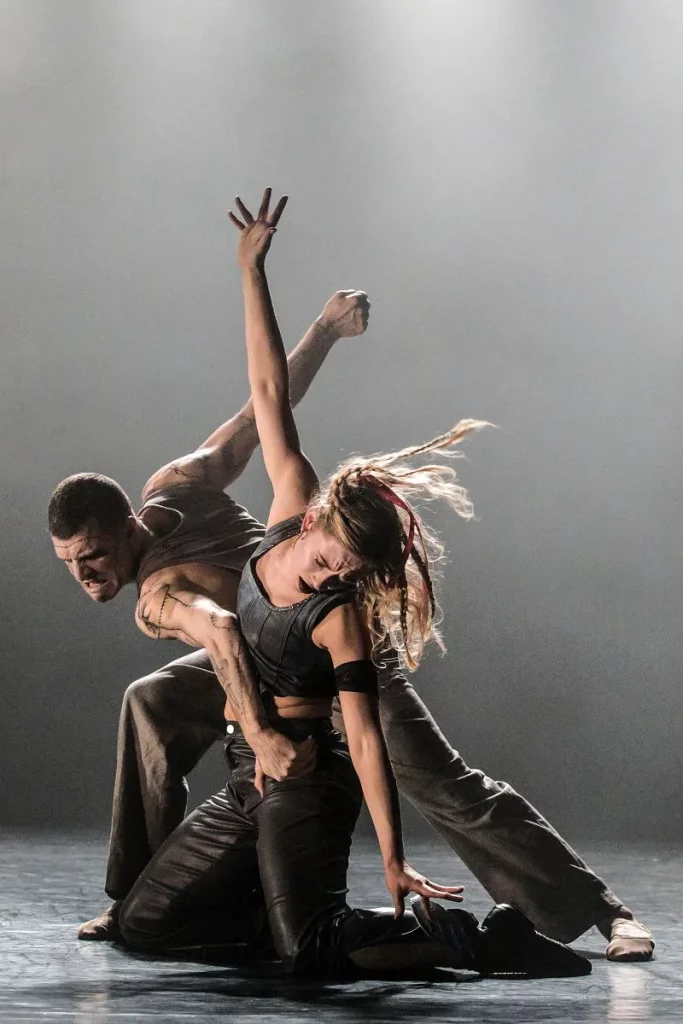
Suggested article
9 Contemporary Dance companies
you should be following
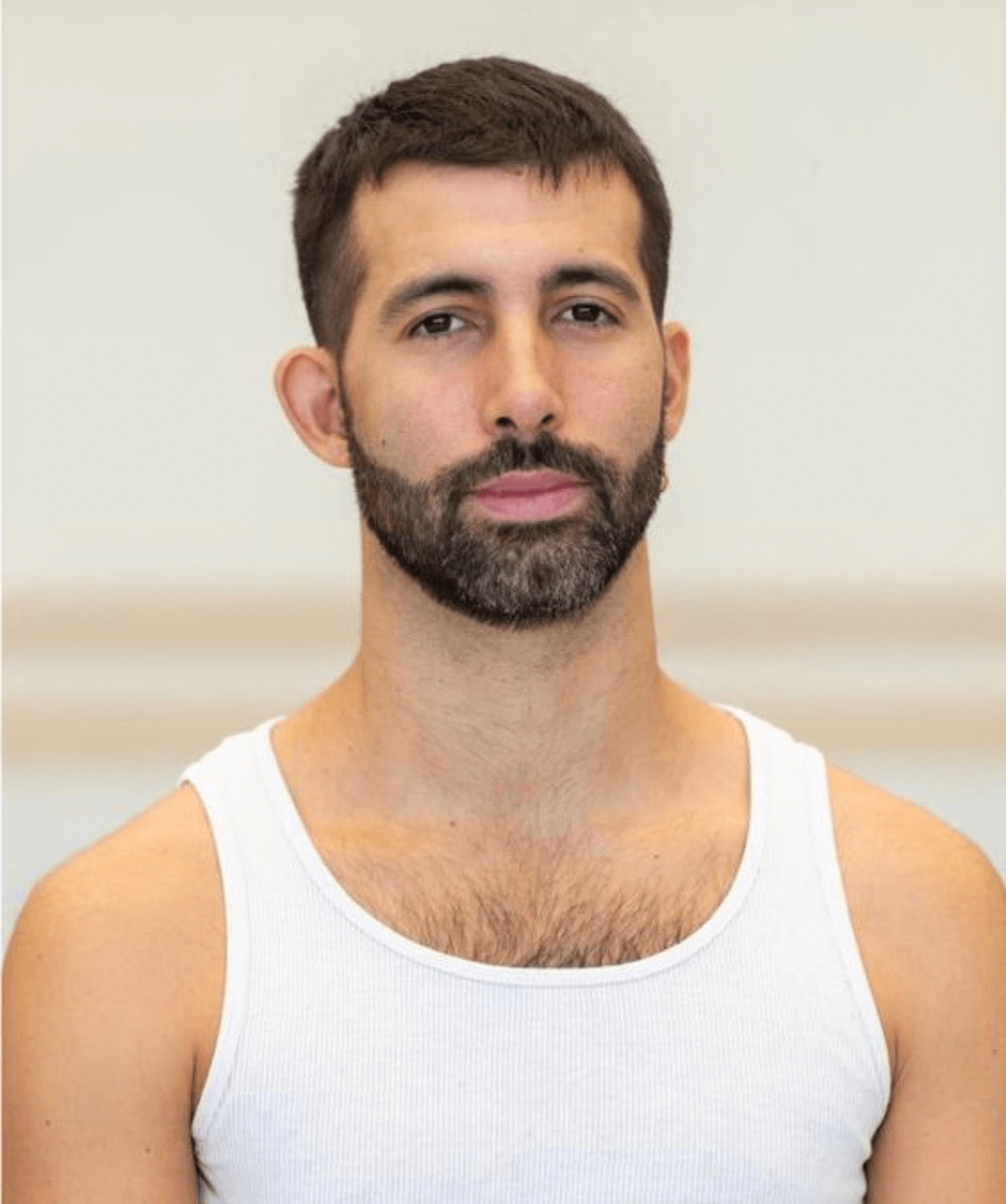
Contemporary dance worldwide
In each country and regions this may mean very different things but there are likewise shared definitions, aesthetic and choreographic approaches in fashion due to globalization and a prominently western perspectives of dance history in the nature of contemporary dance. This is in spite of a rising de-colonial and postcolonial self reflection within the field, more radically embodied in the works of artists in the continents of Latin America and Africa. From a positive point of view social media, new technologies, and the international life style and circuit of contemporary dance allow collaborations across contents, and generates both an exchange of cultural knowledge, aesthetics and movement styles and systems. Therefore we can say we share common references both throughout Europe, as well as between Europe and the other continents and regions of the world.
Belgium, the meca of experimentation and production
Underground dance circuit
To conclude, we have touched upon a few aspects and artists of this enormous mapping process of our contemporary dance histories. We could delve into the local dance histories of a Barcelona, Catalunya or Spain or expand out to southern and northern Europe always in dialogues with the rest of the world.
We could likewise zoom into and mention Belgium as a meca of contemporary dance experimentation and production due to its cultural investment, companies and choreographers.
These include Anna Teresa, Ultima vez, Peeping Top, Cidi Larbi, Damian Jalet, Boris Charmatz, Jan Fabre as important figures in thinking about the diverse directions and hybrid forms that dance takes; whether that be dance theater, peformance – dance, contemporary ballet, screen dance, dance film, dance in museums, site specific dance, immersive dance.
Today the Belgian dance scene and curatorial powers of contemporary dance affect what is programmed through out the rest of Europe, in the larger institutions and theaters.
There also exists an underground circuit of smaller artists, contemporary dance companies and choreographers that likewise contribute to the evolution, research and innovation of contemporary dance but are on the sidelines and on the outside-inside of a larger contemporary dance industry and market.
Both the big names and smaller projects contribute to what dance is and can be. We still do not know what dance is capable of. Inspired by Spinoza words, an important philosopher for dance from the 17th century,who said ‘we still do not know what a body is capable of’.


